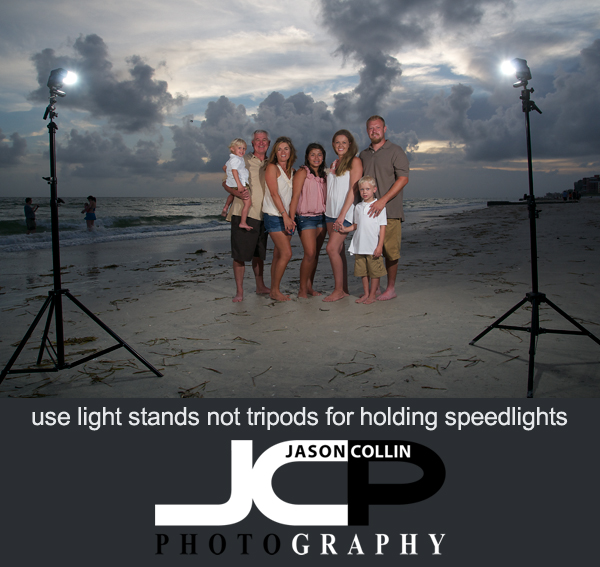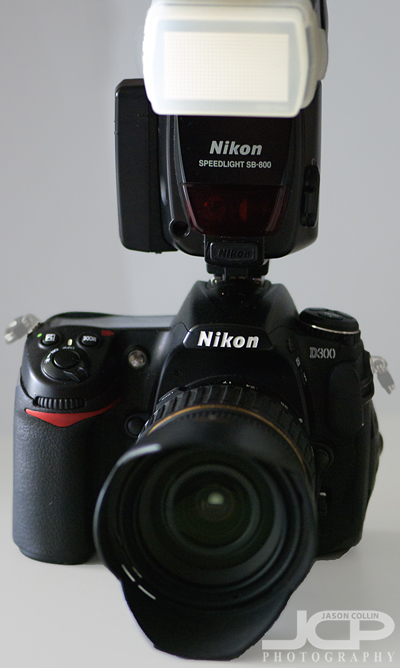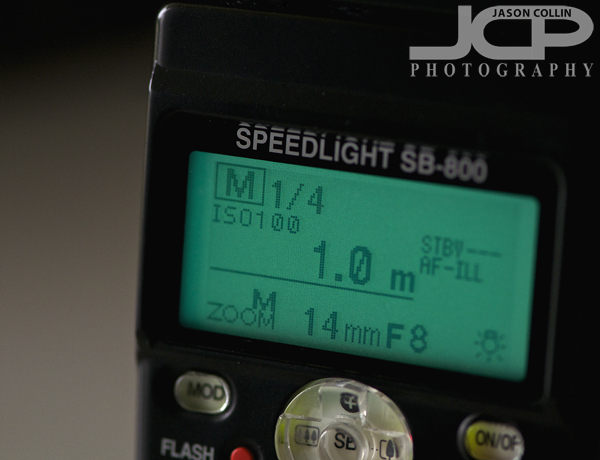
I am a big believer in having the right tools for the right job. Often one can get by using another tool, but there is nothing like having the exact one you need to just make things much easier on yourself. Such is the case with light stands. You could use a tripod to hold a speedlight as you might already have one of those, but using a light stand is just much better.
A tripod has a much larger footprint than a light stand. Most light stands can be extended to nine feet or higher, much higher than a tripod reaches. A light stand is faster and easier to setup. Light stands are also cheap, starting around $50 for a decent one. The biggest reason of course is that you can put a umbrella holder head on a light stand so you can use light modifiers.
One extra light stand tip, if you do buy one, make sure to check if it comes with a head unit. Most do not come with this necessary attachment. This is a true story . . . the first light stand I ever bought I had no idea about needing a head unit. I had no umbrella or softbox, I was just going to use a speedlight with diffuser cap (as seen in the above example). The top of a light stand does have a standard screw that allowed me to attach the speedlight's foot to. However, there was no ability to tilt the light down! I had to have someone tilt over the entire light stand for the speedlight to be pointed at the subject. I went out and got a light stand head (umbrella holder it may also be called) shortly there after.

When photographing families on the beach, I always use two speedlights. It allows for even light across everyone in group shots of four or more.


